Are you ready to swap your daily grind for an exotic adventure? 🌏✨ Backpacking through Asia might just be the golden ticket! From the bustling streets of Bangkok to the serene landscapes of Bali, this continent offers an eclectic mix of cultures, cuisines, and experiences that are ripe for exploration. Let’s dive into your ultimate guide to backpacking through Asia, where we promise more temples than your Fitbit can handle!
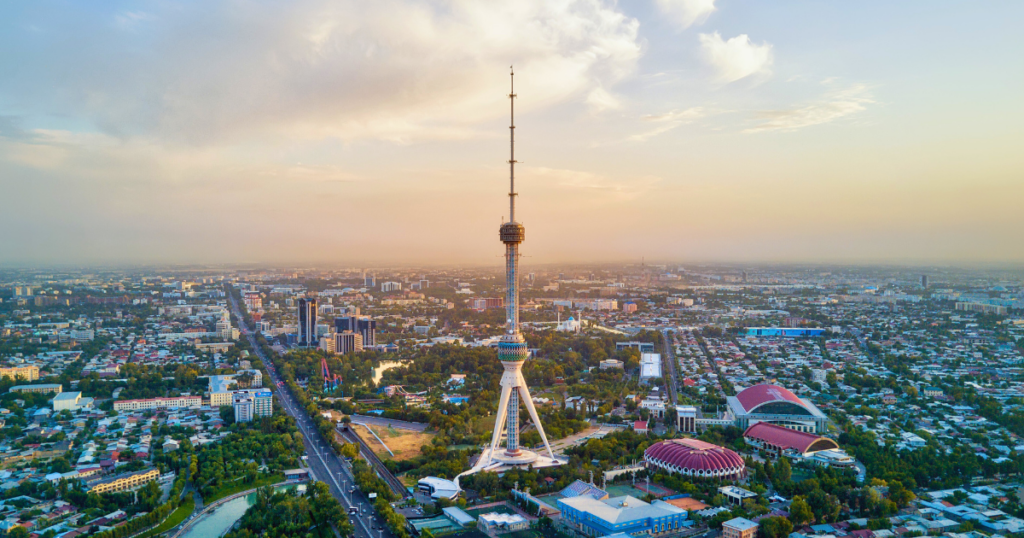
Crafting Your Route: A Journey Through Diversity
Navigating Asia is like scrolling through Instagram: every swipe is a totally different vibe! Whether you have a week, a month, or an indefinite leave from reality, here’s how to plot your path across this vibrant continent.
The Quick Escape: 7-10 Days in Japan 🇯🇵
f you’ve got just a week or so but the ambition to soak up an intense cultural experience, Japan is your perfect playground. This compact itinerary covers the hyper-modern and the deeply traditional, all within the span of 7 to 10 days.
Day 1-3: Tokyo Whirlwind
Touch down in Tokyo, the capital that never sleeps but always dreams. Start your adventure in Shibuya to witness the famous scramble crossing—arguably the world’s busiest pedestrian intersection. It’s like a well-choreographed dance where hundreds of people and their dogs, umbrellas, and shopping bags intersect in harmony. Check out the neon-lit streets of Akihabara for a geek paradise filled with anime and tech gadgets.
Spend a day diving into the historical side with a visit to the Imperial Palace and the serene Meiji Shrine, nestled in a forest that offers a stark contrast to the bustling cityscape. Foodies, make sure to indulge in sushi at Tsukiji Outer Market where the fish is so fresh, it practically winks at you!
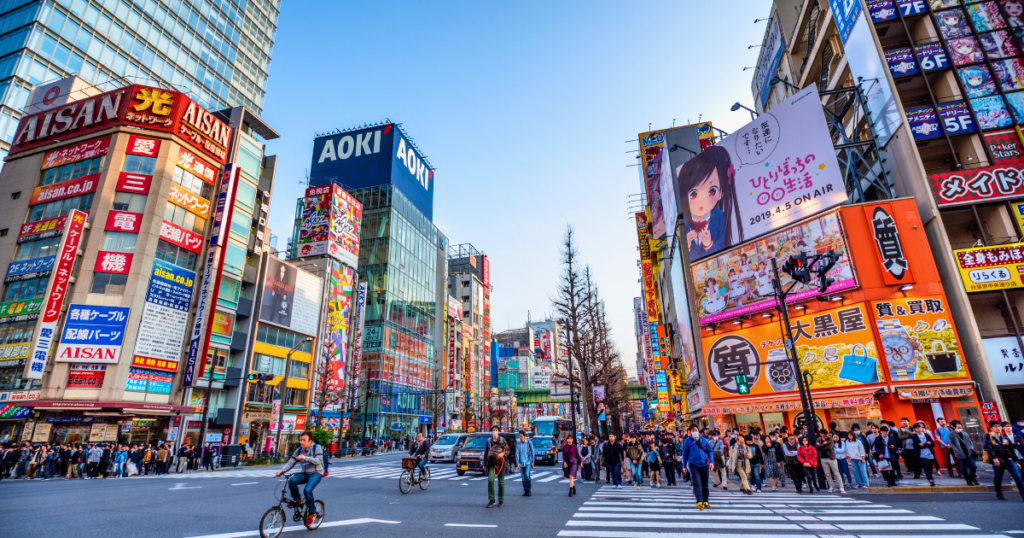
Day 4-5: Hakone and Mount Fuji
Next, catch a ride to Hakone, known for its hot springs and breathtaking views of Mount Fuji. Here, you can take a peaceful cruise on Lake Ashi and hope for a clear day to snap a picture-perfect shot of Fuji-san. If you’re feeling adventurous, explore the Hakone Open Air Museum, which combines impressive sculptures with stunning landscapes.
Day 6-8: Kyoto – City of a Thousand Temples
From Hakone, head to Kyoto via bullet train. Kyoto, once the capital of Japan, is the heart of traditional Japanese culture. Spend your days wandering through countless temples like Kinkaku-ji (the Golden Pavilion) and Fushimi Inari-taisha with its iconic red torii gates that trail into the mountain.
Don’t miss the historic district of Gion, famous for its preserved machiya houses and a chance to spot a geisha on her way to an engagement. For a touch of the modern, pop into a themed café—maybe one that’s all about owls or purely Neko (cats), because why not?
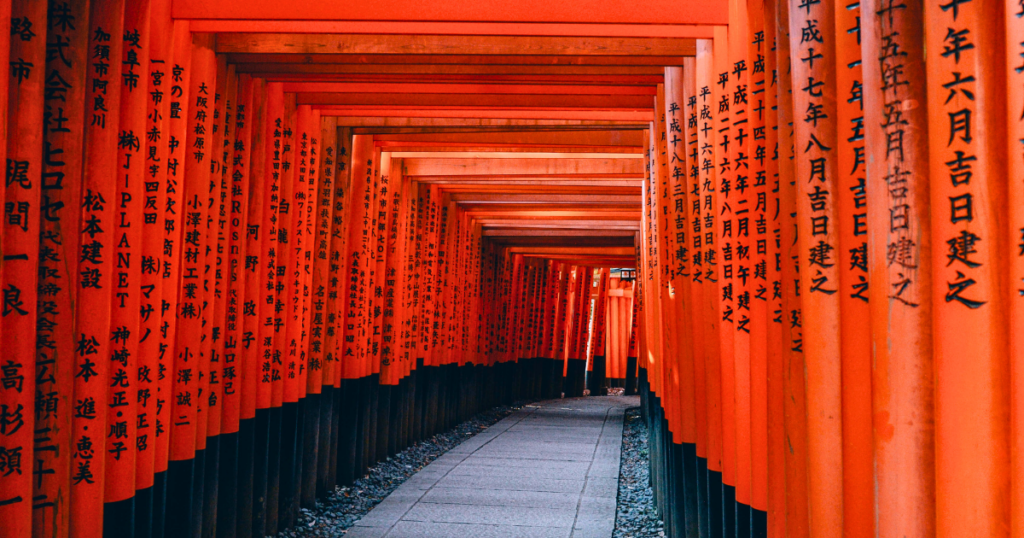
Day 9: Nara – Close Encounters of the Deer Kind
A short train ride from Kyoto, Nara is home to friendly roaming deer and impressive temples like Todai-ji, housing a colossal bronze Buddha that’s sure to awe. Feed the deer some senbei (special crackers) and watch them bow for more. Yes, these deer have manners better than most pets!
Day 10: Return to Tokyo or Next Destination
Wrap up your trip with a return to Tokyo or catch your flight to the next destination. If time permits, sneak in one last shopping spree in Ginza or check out one last ramen spot where slurping loudly isn’t rude, it’s the norm!

In just 7-10 days, you’ll have sprinted through some of Japan’s highlights, leaving you breathless and, very likely, planning your next visit. After all, Japan is like your favorite anime series—once you start, it’s hard to stop!
The Extended Voyage: 3 Weeks in Southeast Asia
If you’ve got three weeks and a thirst for diverse experiences, Southeast Asia offers a thrilling mix of history, culture, and natural beauty. This itinerary spans Thailand, Cambodia, and Vietnam, creating a mosaic of adventures that you’ll recount for years to come.
Days 1-5: Thailand – From Bangkok to the North
Begin your journey in Bangkok, Thailand’s pulsating capital. Spend a couple of days exploring the Grand Palace and Wat Pho, home of the reclining Buddha. Dive into the chaos of Chatuchak Weekend Market or the floating markets for some quirky shopping experiences. Bangkok’s street food will redefine your snack expectations—be sure to try mango sticky rice and a plethora of skewered meats.
Next, head north to Chiang Mai. This city is a haven for digital nomads and culture seekers alike. Visit the historic temples like Wat Chedi Luang and perhaps schedule a day to volunteer at an elephant sanctuary. Chiang Mai’s night markets are perfect for picking up handmade crafts or just soaking up the local atmosphere. Don’t leave without trying khao soi, a creamy coconut curry noodle soup that’s a northern Thai specialty.
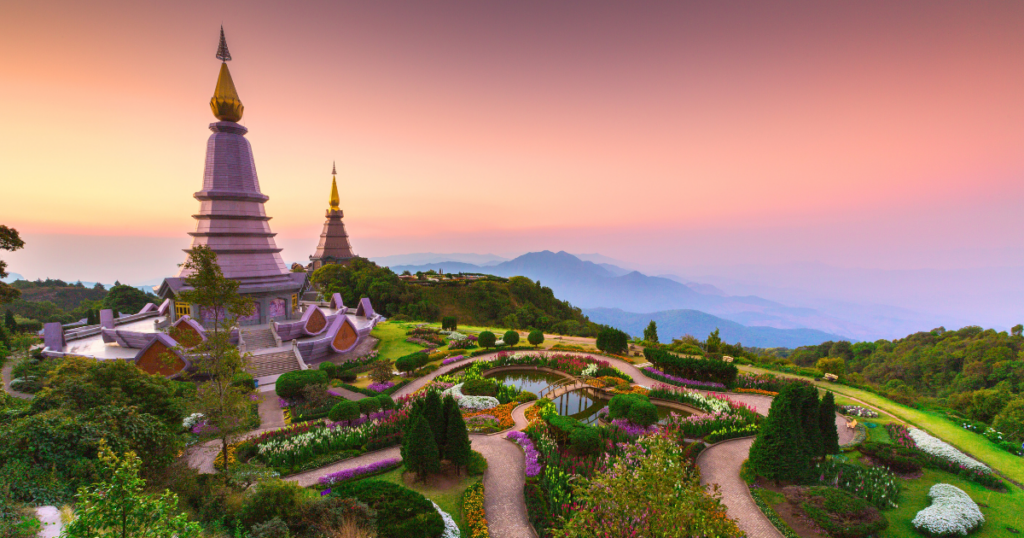
Days 6-9: Cambodia – Temples and More
From Chiang Mai, fly to Siem Reap, Cambodia. This small but bustling city is the gateway to the ancient world of Angkor Wat. Spend at least two full days exploring the vast temple complexes, including Angkor Thom and Ta Prohm, which nature has reclaimed with an embrace of tree roots and vines—a real-life scene straight out of an adventure film.
Also, take some time to visit the Landmine Museum or take a boat trip on Tonle Sap Lake to see floating villages. Cambodian cuisine is a hidden gem, so indulge in dishes like amok (a curry steamed in banana leaves) and fresh spring rolls.
Days 10-15: Vietnam – From Hanoi to Ho Chi Minh City
Fly into Hanoi, the capital of Vietnam, where the chaos is a charm all its own. Spend a couple of days enjoying the city’s French-colonial architecture, and the Hoan Kiem Lake. Try the local specialty, pho, and don’t miss a traditional water puppet show.
From Hanoi, make a side trip to Ha Long Bay, where limestone karsts and islands rise spectacularly from emerald waters. Consider an overnight cruise for a full experience of this UNESCO World Heritage site.
Travel next to Hoi An, renowned for its well-preserved Ancient Town. The city’s atmosphere is particularly enchanting at night when lanterns light up the streets, and the river is aglow with floating candles.
Continue south to Ho Chi Minh City, a bustling metropolis that contrasts sharply with Hanoi. Visit the War Remnants Museum and the Cu Chi Tunnels to understand more about Vietnam’s turbulent past. Explore the vibrant food scene with a bowl of bun thit nuong, a veritable symphony of flavors.
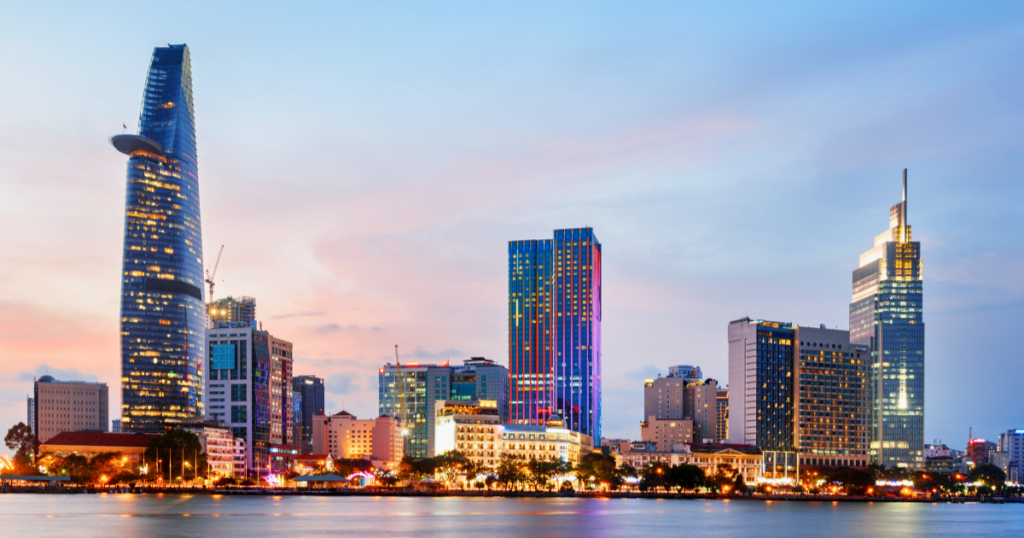
Days 16-21: The Mekong Delta and Conclusion
End your trip with a journey to the Mekong Delta. Spend a couple of days exploring this labyrinth of rivers and swamplands. A guided boat tour can offer insights into the daily lives of the local river communities.
As you prepare to head home or onto your next adventure, you’ll be packing not just souvenirs but a treasure trove of memories. Southeast Asia, with its rich tapestry of experiences, teaches every traveler a new way to see the world—through eyes wide with wonder and a heart open to the unfamiliar.
This three-week journey through Southeast Asia isn’t just a trip; it’s a transformative adventure that promises both the thrill of the new and the comfort of the ancient.
The Epic Expedition: 2 Months on the Silk Road
For the ultimate adventurers and history buffs, traversing the Silk Road over two months is the journey of a lifetime. This ancient network of trade routes extends from China through the heart of Central Asia to Uzbekistan, offering a profound look into the cultures and landscapes that shaped the history of civilization.
Days 1-14: China – From Beijing to Xi’an
Begin your epic journey in Beijing, China. Spend a few days visiting iconic sites such as the Forbidden City, Temple of Heaven, and the Great Wall. Dive into the local cuisine with Peking duck and jianbing (a kind of savory crepe).
Next, board a train to Xi’an, the starting point of the Silk Road. The Terracotta Army, a collection of thousands of life-sized sculptures representing the armies of Qin Shi Huang, the first Emperor of China, is a must-see. Wander through the Muslim Quarter to taste spicy lamb skewers and biang biang noodles.
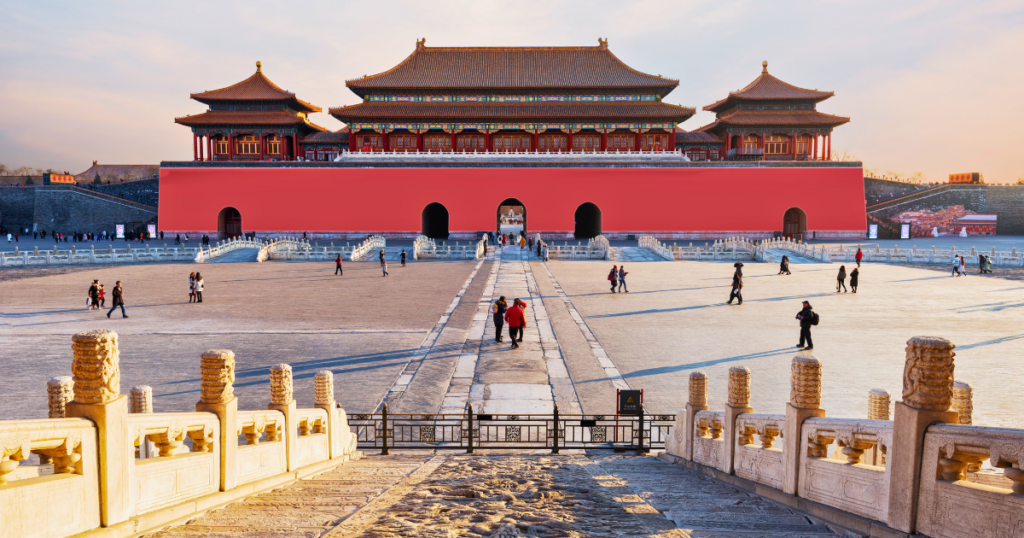
Days 15-30: Across the Gobi Desert to Dunhuang
Travel to Dunhuang, once a major stop on the Silk Road. Here, the Mogao Caves hold an awe-inspiring collection of Buddhist art spanning a thousand years. Ride a camel across the singing sands of the Mingsha Shan desert, an experience that feels like stepping back in time.
Days 31-45: Into the Stans – Kyrgyzstan and Tajikistan
Cross into Kyrgyzstan, a land of incredible natural beauty with its vast, unspoiled mountain landscapes. Spend time in Bishkek, the capital, before venturing to Lake Issyk-Kul, a large salt lake surrounded by snow-capped peaks.
Continue to Tajikistan’s rugged mountains and remote villages. The Pamir Highway, known as one of the world’s most scenic roads, offers breathtaking views and a challenging journey through the high-altitude landscape. Here, hospitality is a way of life—expect to be invited for tea wherever you go.
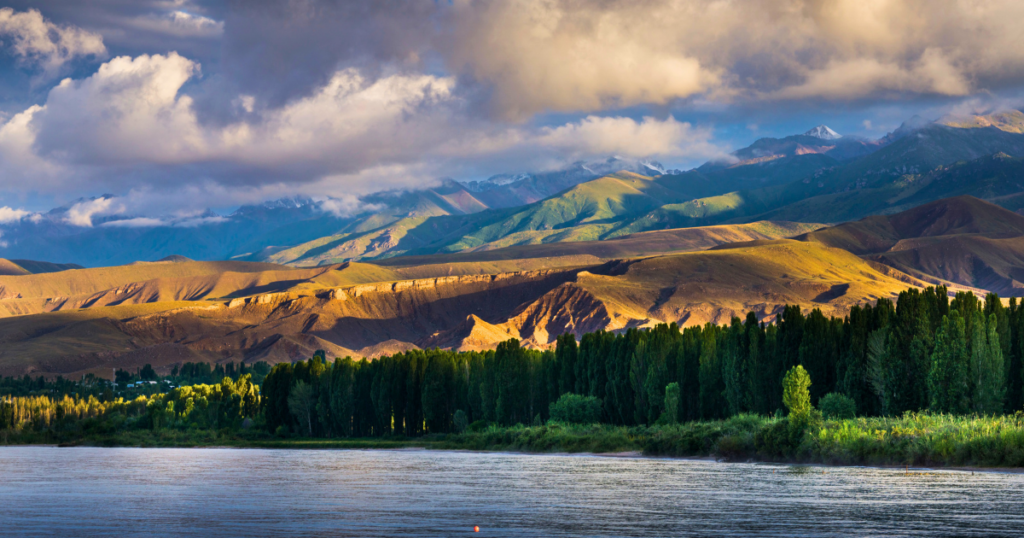
Days 46-60: Uzbekistan – The Jewel of the Silk Road
Enter Uzbekistan, where the Silk Road’s history is most vividly alive in the cities of Samarkand, Bukhara, and Khiva. Samarkand’s Registan Square, with its three madrasahs covered in dazzling Islamic art, is a sight to behold. In Bukhara, explore ancient mosques and bazaars that have been trading for centuries.
Khiva offers a perfectly preserved example of a medieval Central Asian town, encased in fortress walls. Wander through the narrow streets and climb the minaret for panoramic views over the desert.
Days 61-62: Concluding in Tashkent
Finish your Silk Road adventure in Tashkent, the capital of Uzbekistan. Reflect on your journey through markets brimming with crafts and spices, and don’t miss the chance to see a performance at the Navoi Opera Theater.
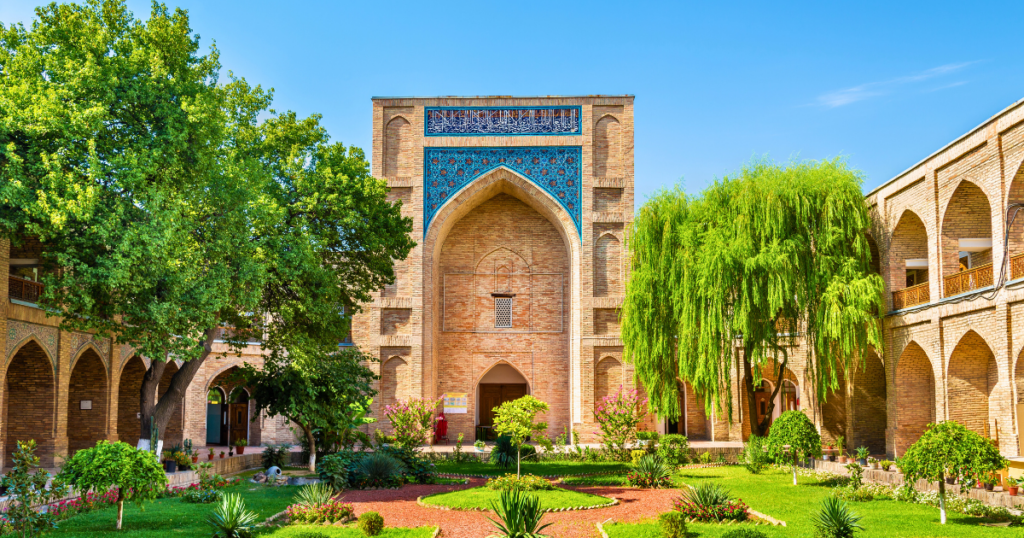
This two-month expedition along the Silk Road is more than a trip; it’s a profound immersion into the heart of Asia’s most historic landscapes and cities. It challenges and changes you, leaving an indelible mark on your soul. The Silk Road isn’t just a journey through lands but also through time, offering a glimpse into the past that helped shape our world today. Pack your curiosity and respect for cultures, and let the Silk Road be your teacher in the grandest classroom on Earth.
Packing Tips: Travel Light, Travel Right
When you’re setting off on an adventure through Asia, whether it’s for a week-long whirlwind through Japan or a two-month trek along the Silk Road, packing wisely is key to enjoying your trip without being weighed down. Here’s how to ensure your backpack is a trove of travel essentials, without turning into a portable closet!
Choose Versatile Clothing
Select clothes that can do double duty. A pair of lightweight, breathable pants can be perfect for temple visits (keeping modesty in mind!) and can also serve as comfortable travel wear. Opt for items that layer well; a basic tee can be worn alone on hot days or under a fleece as temperatures drop in the highlands of Vietnam or the Gobi Desert. A lightweight, waterproof jacket is also a must, as weather across Asia can be quite unpredictable.
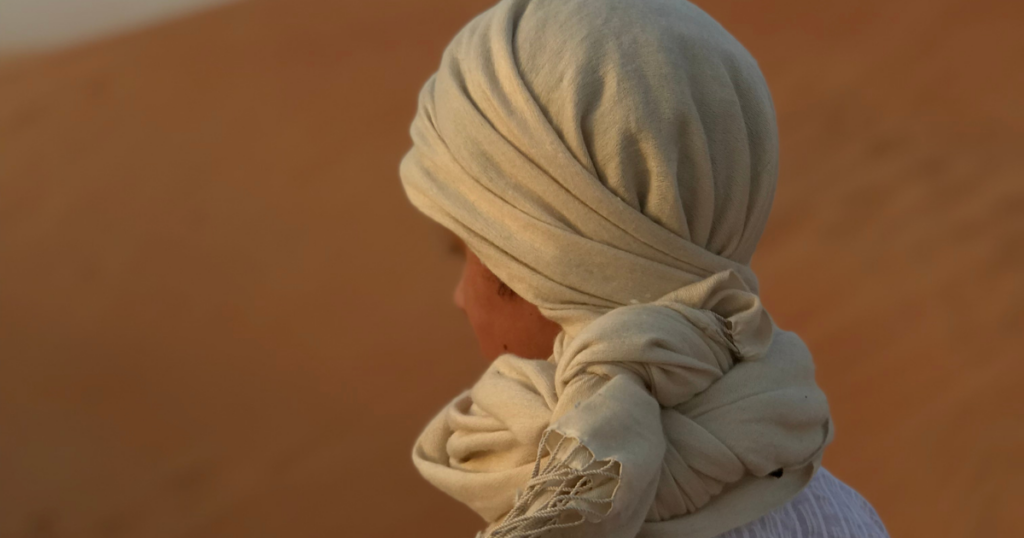
Focus on Footwear
Footwear demands thoughtful consideration. Bring a sturdy pair of walking shoes or boots that have already been broken in. You’ll likely be on your feet exploring bustling cities, ancient ruins, and possibly trekking in rural areas. Additionally, pack a pair of flip-flops or sandals that are easy to slip on and off—essential for beach days, shared showers, and visiting temples.
Pack for the Climate
Asia’s climates can vary dramatically. In Southeast Asia, you’ll contend with humidity and rain, especially if you’re traveling during the monsoon season. Lightweight, quick-drying fabrics are ideal, and packing a small, sturdy umbrella can save the day. For cooler regions or high-altitude areas, such as the Himalayas or northern China, ensure you have adequate warm layers and thermal wear.
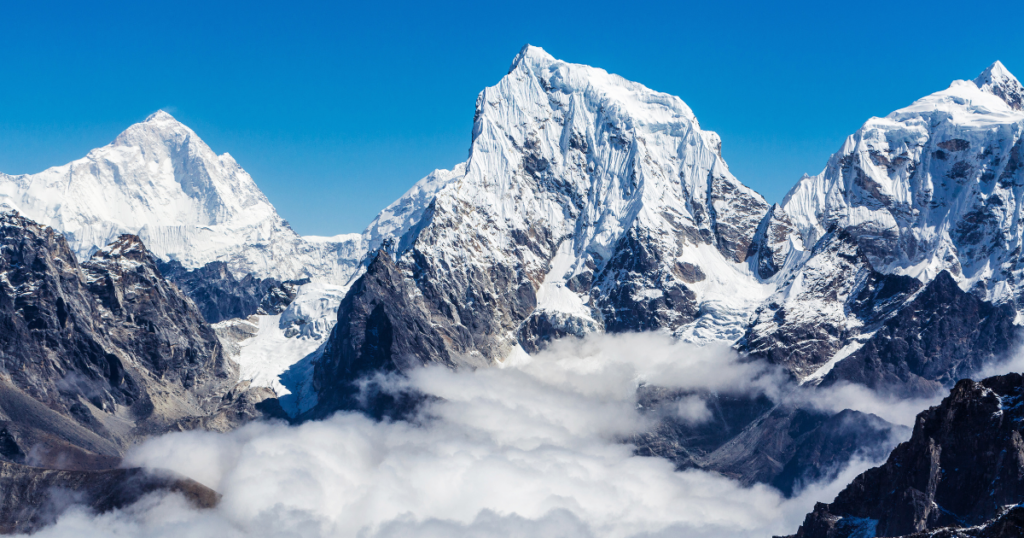
Prepare for Shopping
If you plan on buying souvenirs, leave some space in your luggage or bring an extra foldable bag. Many parts of Asia are known for their markets and handmade crafts, which can make for wonderful keepsakes or gifts.
By packing smart, you’ll navigate through various cultures and climates with ease, making your backpacking journey through Asia not just manageable but truly enjoyable. Remember, every item you pack should serve a purpose; if you doubt you’ll use it more than once, leave it at home. If you want more tips, read our articles on How to Pack a Suitcase Like a Pro: Tips from Frequent Travelers or how to Hack Your Packing. Happy packing!
Navigating Culture: Do’s and Don’ts
Embarking on a journey through Asia involves more than just seeing new sights; it’s about experiencing and respecting diverse cultures. To help you navigate these cultural landscapes with grace, here are some essential do’s and don’ts.
Do: Learn Basic Local Phrases
Making an effort to learn a few key phrases in the local language goes a long way. Simple greetings, thanks, and pleases show respect and can open doors that remain closed to other tourists. Even if your pronunciation isn’t perfect, your effort is usually appreciated!

Do: Dress Appropriately
Always consider local norms, especially when visiting religious sites. In many parts of Asia, this means covering shoulders and knees. Carrying a scarf or shawl can be a handy solution for quickly adapting to modest dress codes, particularly when visiting temples and mosques.
Do: Follow Local Etiquette
In Japan, for example, bowing is a common way to greet, whereas in India, a namaste (hands pressed together at the chest) is more appropriate. Understanding these nuances can enhance interpersonal interactions. Also, be mindful of dining etiquette; in many Asian cultures, it’s polite to finish all the food on your plate to show appreciation.

Do: Remove Your Shoes
Whether entering someone’s home or a place of worship, it is customary in many Asian countries to take off your shoes.
Don’t: Engage in Public Displays of Affection
In many Asian countries, public displays of affection, such as kissing and hugging, are considered inappropriate. It’s best to keep things conservative to avoid making locals uncomfortable.
Don’t: Refuse Hospitality
In many parts of Asia, especially in rural and less touristy areas, locals take pride in their hospitality. Refusing an offer for tea or a meal can sometimes be seen as disrespectful. If you’re offered something, accepting graciously—even if you only take a small amount—can foster a genuine connection with your hosts.
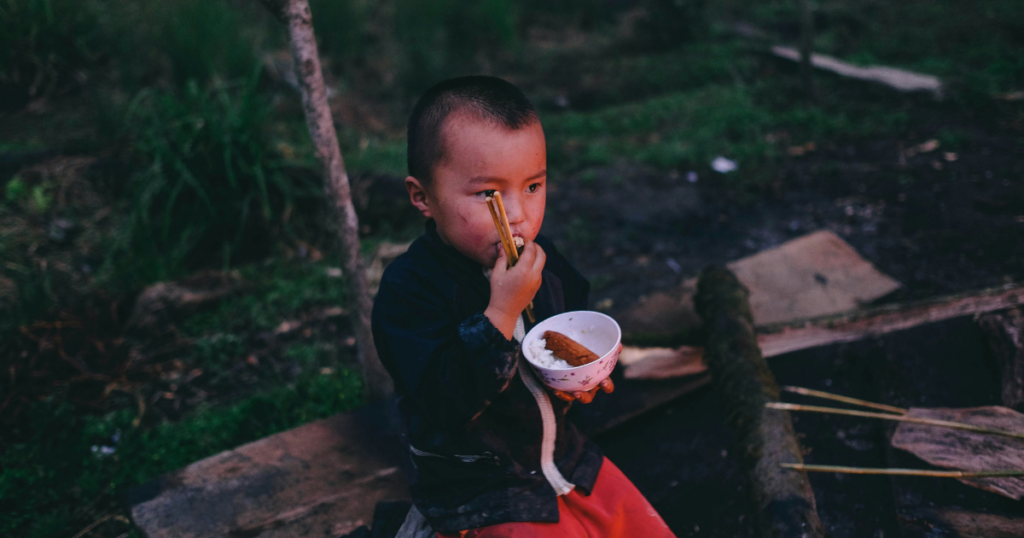
Don’t: Take Photos Without Permission
Always ask before taking photos of people, particularly in sensitive or sacred locations. Some people may not want to be photographed due to personal beliefs or privacy concerns. This is especially important in tribal areas or places where traditional cultures are predominant.
Don’t: Bargain Too Hard
While bargaining is part of the shopping culture in many Asian markets, it’s important to do so respectfully and not overdo it. Remember that the small amount you’re haggling over could mean a lot more to the seller than to you.
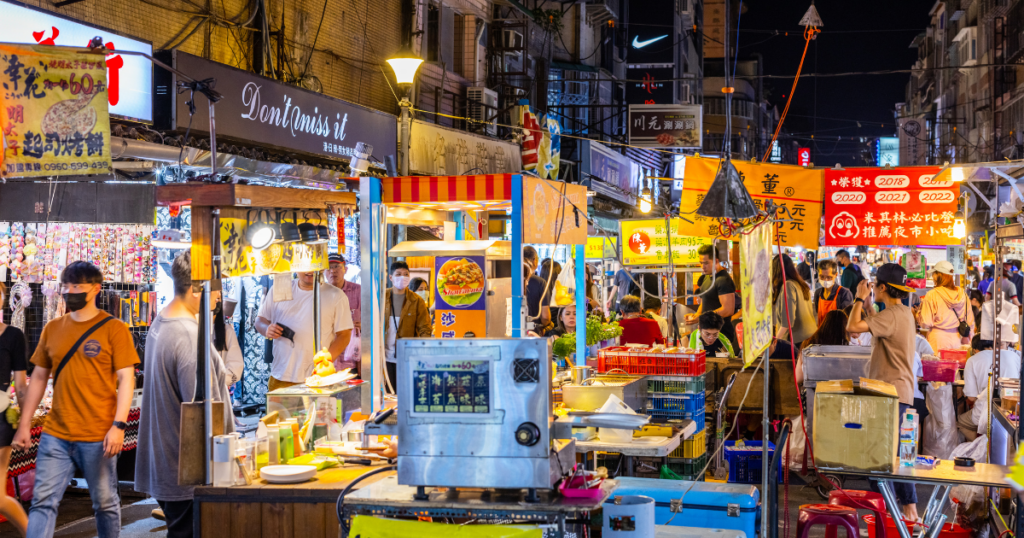
Backpacking through Asia offers an unforgettable adventure packed with awe-inspiring landscapes, mouth-watering foods, and profound cultural encounters. Whether it’s a brief getaway or a prolonged exploration, each moment promises to be as enriching as it is exhilarating. Ready to trade your coffee breaks for tea ceremonies? Pack your bags and prepare for the journey of a lifetime!
Follow us on Facebook, Pinterest and Instagram for more travel tips and inspiration.
Embark on your Asian adventure with Lambus at your side! Whether trekking the Silk Road or island-hopping in Southeast Asia, Lambus simplifies your travel planning. Organize itineraries, track expenses, and uncover local gems with ease. With its user-friendly interface, Lambus ensures every aspect of your journey is smooth and enjoyable, allowing you to focus on creating unforgettable memories. Make your next trip effortless and exciting with Lambus—your ultimate travel companion for discovering Asia!
